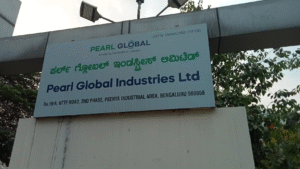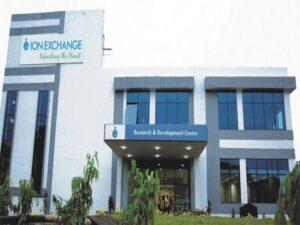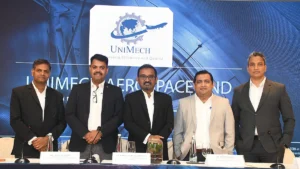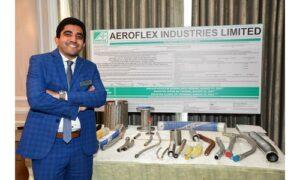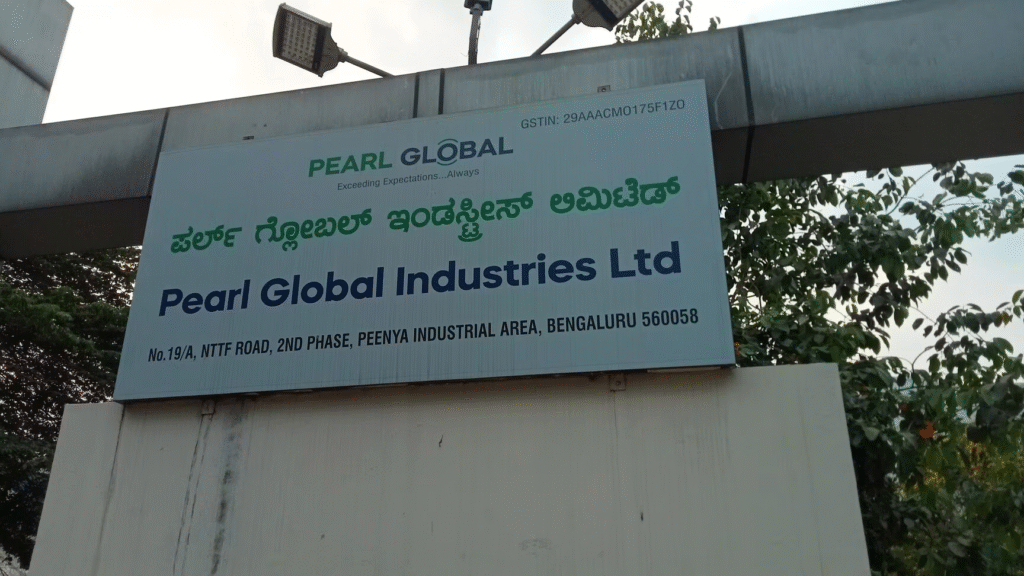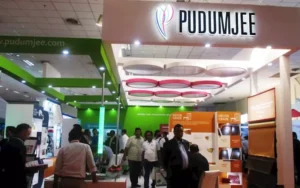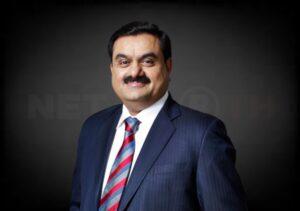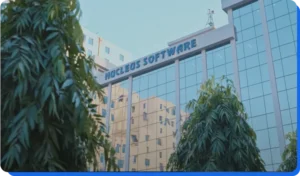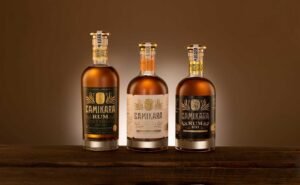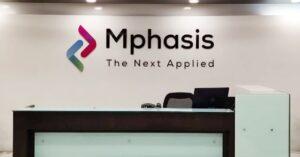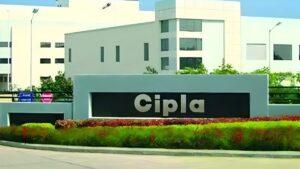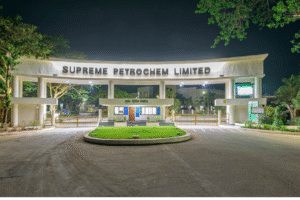1. At a Glance
Pearl Global is anexport-oriented garment manufacturer, operating across India, Bangladesh, Vietnam, and Indonesia. It makes everything fromwoven dresses for Zara clones to puffers for Primark dads. With₹6,134 Cr market cap,₹4,681 Cr sales, and₹252 Cr profit, it’s a real player in the fashion supply chain.
Yet, while itsROE of 24%would make even a Gucci shareholder smile, itsDebt of ₹773 Crreminds us that this glamour has a credit-card bill attached.
2. Introduction
Incorporated in 1987, Pearl Global has evolved from a Delhi-based exporter to aglobal manufacturing platform with 25 facilities across 5 countries. Think of it as India’s low-key answer to Shein — minus the app, minus the scandals, and minus the insane valuations.
The company is betting on:
- Scale:93 Mn pieces annually.
- Diversification:multi-country sourcing = hedge against tariff tantrums.
- Clients:Walmart, Target, Tommy Hilfiger, Calvin Klein, GAP — basically, they dress the same people who sell you “Made in Bangladesh” T-shirts.
But here’s the kicker:Top 3 customers = 50% of revenue.Translation: if Walmart sneezes, Pearl catches pneumonia.
3. Business Model (What Do They Actually Do?)
Pearl Global is aB2B garment exporter. It doesn’t build its own fashion brand, itmanufactures designs for global retailers.
- Products:woven (72% of revenue), knits (28%).
- Facilities:
- India → 8 units (78% utilization).
- Bangladesh → 9 units (88% utilization, the real workhorse).
- Vietnam → 5 units (63%).
- Indonesia → 2 units (39%).
- Guatemala → 1 unit (38%).
- Revenue Mix:74% exports, 26% India.
- Business Strategy:moving to
- asset-light collabs(9 of 23 units via partnerships).
So basically, theysweatshop responsibly— outsource capex and keep margins slim but scalable.
4. Financials Overview
Quarterly (Q1 FY26 – Jun’25):
| Metric | Q1 FY26 | YoY | QoQ |
|---|---|---|---|
| Sales | ₹1,228 Cr | +16.6% | Flat |
| EBITDA | ₹112 Cr | +14% | Slight dip |
| PAT | ₹66 Cr | +12.3% | Stable |
| EPS | ₹14.8 | +24% | Steady |
Annualized PAT ≈ ₹264 Cr → EPS ≈ ₹55 →P/E 24x.
5. Valuation (Fair Value Range Only)
- P/E Method:EPS ₹55. Apply 16x–22x.FV = ₹880 – ₹1,210
- EV/EBITDA:FY25 EBITDA ~₹418 Cr. EV = ₹6,340 Cr. EV/EBITDA = 15x. Fair = 11–13x.FV ≈ ₹4,600 – ₹5,400 Cr → per share ₹1,000 – ₹1,150
- DCF:Assume FCF ~₹210 Cr (given capex), growth 10%, discount 12%.FV ≈ ₹950 – ₹1,200
Final FV Range:₹900 – ₹1,200(Educational only, not investment advice.)
6. What’s Cooking – Triggers & Updates
- FY26 Capex = ₹250 Cr→ 8 Mn pieces extra capacity + green laundry + solar. Expected ROCE ~18–20%.
- India-UK FTA

